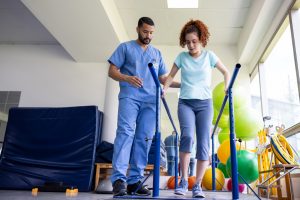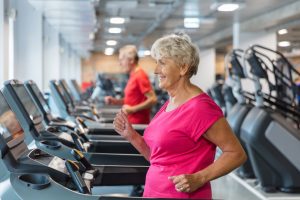-
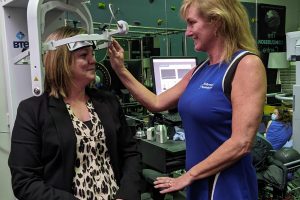
Nearly every plan of care will focus on strengthening the injured area, whether knee, ankle, elbow, and every other joint in the body. Shouldn't cervical spine rehabilitation follow suit? Learn how neck strengthening tools can relieve neck pain, improve cervical spine injury recovery, and promote long-term health.
-
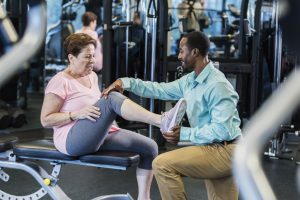
A recent study examined the outcomes of an eccentric-focused physical therapy program for post-hip fracture recovery. Participants using BTE's Eccentron showed positive improvements in lean muscle mass, force production, and functional abilities.
-

With specialized task simulation tools, occupational rehab clinics can recreate realistic work environments, making the transition back to the job smoother. This involves accurately matching the weight and handle of objects, meeting endurance and repetition requirements, and simulating lifting heights.
-
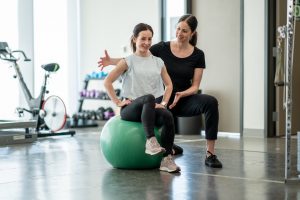
Here's why you should integrate neuromuscular reeducation in sports physical therapy programs. NMR helps your athletes recover from and prevent injuries while also training neuromuscular control. Keep reading for the whys and hows of neuromuscular reeducation in sports.
-
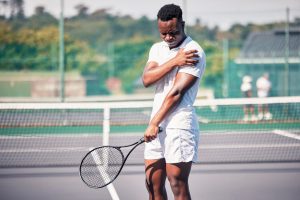
From sprinting to deceleration to the different swings and grips, tennis involves high coordination and force production from several parts of the body. Learn how to isolate each movement pattern to help your athletes get back on the court, stronger.
-
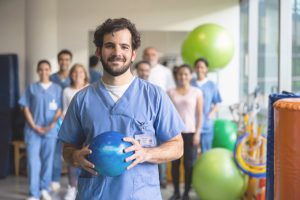
Eccentric contractions have so many unique properties that make it ideal for rehabilitation and training. And we’re not just talking musculoskeletal benefits (although this side alone is compelling enough). Eccentrics also engage the neurological system to promote healing, learning, and neuromuscular control, too.
-
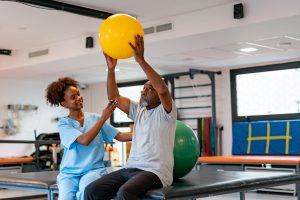
Neuromuscular reeducation is the intersection between neurological relearning and functional rehabilitation. In occupational therapy, it is often the “how” behind the inspiring rehabilitation journeys of our most severe cases. In this article, we’ll uncover why this approach works, how to objectively measure progress, and which treatment techniques to use with your patients.
-
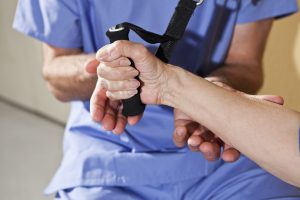
Dive into the complexities of managing boutonniere deformity, a common yet challenging finger injury in sports and rheumatoid arthritis patients. This article offers a comprehensive guide on diagnosis, treatment, and practical insights for rehab therapists.
-
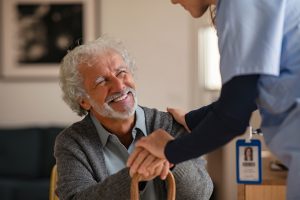
As mental health gains increasing recognition, understanding the psychological aspect of recovery is more important than ever. Learn why I consider the first failure a major milestone, how to leverage the therapeutic alliance, and the impact on three clinical settings: neurologic, workers' comp, and geriatric.
-

“For personal injury cases, it justifies functional loss and medical necessity. We always use the MCU for documentation purposes,” says Dr. Munderloh.
